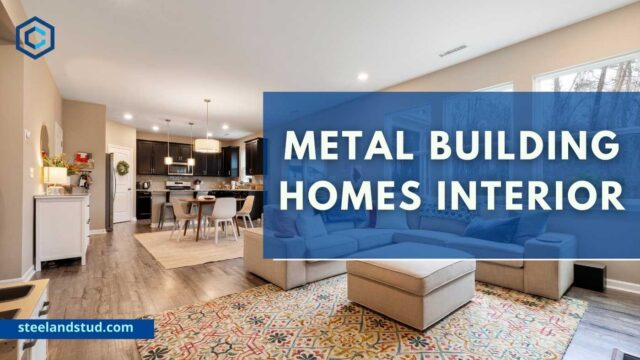In recent years, the use of metal buildings for residential purposes has gained popularity. The question of safety in living within these structures has been frequently raised. This log will explore the safety aspects of residing in metal buildings, considering factors such as structural integrity, weather resistance, fire safety, and health concerns.
Structural Integrity
The strength and durability of metal buildings have been well-documented. These structures are constructed from steel, a material known for its robustness. Steel frames are designed to withstand heavy loads, ensuring that the buildings can endure various stressors. The use of high-quality materials is ensured by manufacturers, and rigorous standards are followed during construction.
It has been observed that metal buildings are resistant to natural disasters, such as earthquakes and hurricanes. The flexibility of steel allows it to absorb and dissipate energy, reducing the likelihood of catastrophic failure. Unlike traditional wood-framed houses, metal buildings are less likely to suffer from structural damage during seismic events.
Weather Resistance
One of the major concerns for homeowners is the ability of their homes to withstand adverse weather conditions. Metal buildings have been proven to be highly resistant to extreme weather. The roofs of these structures are often designed with a slight slope, allowing rain and snow to slide off easily. This feature reduces the risk of water accumulation, which can lead to structural damage over time.
The corrosion resistance of metal buildings is another factor that enhances their safety. Modern steel structures are typically treated with protective coatings that prevent rust and corrosion. This treatment ensures that the building’s integrity is maintained, even in humid or coastal environments where exposure to moisture is common.
Fire Safety
The fire resistance of metal buildings has been a topic of interest among potential residents. Steel is a non-combustible material, meaning that it does not contribute to the spread of fire. In fact, metal buildings are often rated higher in terms of fire safety compared to traditional wooden structures.
The risk of fire is further minimized by the use of fire-resistant insulation materials in metal buildings. These materials are designed to prevent the spread of flames, giving occupants more time to evacuate in the event of a fire. Additionally, the structural integrity of steel remains intact at high temperatures, reducing the likelihood of collapse during a fire.
Health Concerns
Living in metal buildings has raised questions regarding health and comfort. Concerns have been expressed about the potential for condensation and mold growth within metal structures. However, these issues can be effectively managed with proper insulation and ventilation systems.
It has been found that modern metal buildings are equipped with advanced insulation materials that prevent condensation from forming on the interior surfaces. Additionally, adequate ventilation is provided to ensure that indoor air quality is maintained. By addressing these factors, the risk of mold growth is significantly reduced.
Concerns related to electromagnetic fields (EMFs) within metal buildings have also been discussed. However, research has indicated that the levels of EMFs in metal buildings are similar to those in conventional homes. Measures can be taken to further reduce exposure by using shielding materials and ensuring that electrical wiring is properly grounded.
Energy Efficiency
The energy efficiency of metal buildings has been recognized as a significant advantage. These structures are often designed with energy conservation in mind. The use of reflective roofing materials reduces heat absorption, keeping the interior cooler during hot weather. This feature not only enhances comfort but also reduces the need for air conditioning, leading to lower energy consumption.
In colder climates, the insulation used in metal buildings is designed to retain heat, reducing the need for excessive heating. As a result, metal buildings can be more energy-efficient compared to traditional homes. The long-term savings on energy bills contribute to the overall appeal of metal buildings as a safe and economical housing option.
Environmental Impact
The environmental impact of living in metal buildings is another aspect to be considered. Steel is a recyclable material, and many metal buildings are constructed using recycled steel. This practice reduces the demand for new raw materials, contributing to environmental sustainability.
Additionally, the longevity of metal buildings means that fewer resources are required for repairs and replacements over time. The energy efficiency of these structures further reduces their carbon footprint. For environmentally conscious individuals, metal buildings offer a viable option for sustainable living.
Conclusion
The safety of living in metal buildings has been thoroughly examined in this log. It has been found that these structures offer numerous advantages in terms of structural integrity, weather resistance, fire safety, and energy efficiency. Concerns related to health and environmental impact have also been addressed.
Metal buildings have been proven to be a safe and viable option for residential purposes. With proper construction, insulation, and maintenance, the risks associated with living in metal buildings are minimal. The decision to live in a metal building can be made with confidence, knowing that the safety and well-being of the occupants are well-protected.










